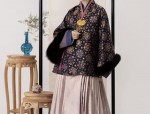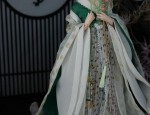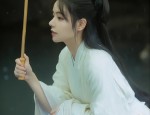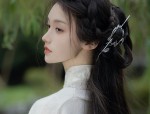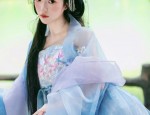The Splendor of Song Dynasty Hanfu Accessories:A Closer Look into the Eras Jewelry and Trinkets
In the Song Dynasty (960-1279 AD), Hanfu, the traditional clothing of the Han people, experienced a flourishing development in terms of design and accessories. This era saw a remarkable fusion of craftsmanship and cultural elements, manifesting in the exquisite jewelry and trinkets that accompanied Hanfu.
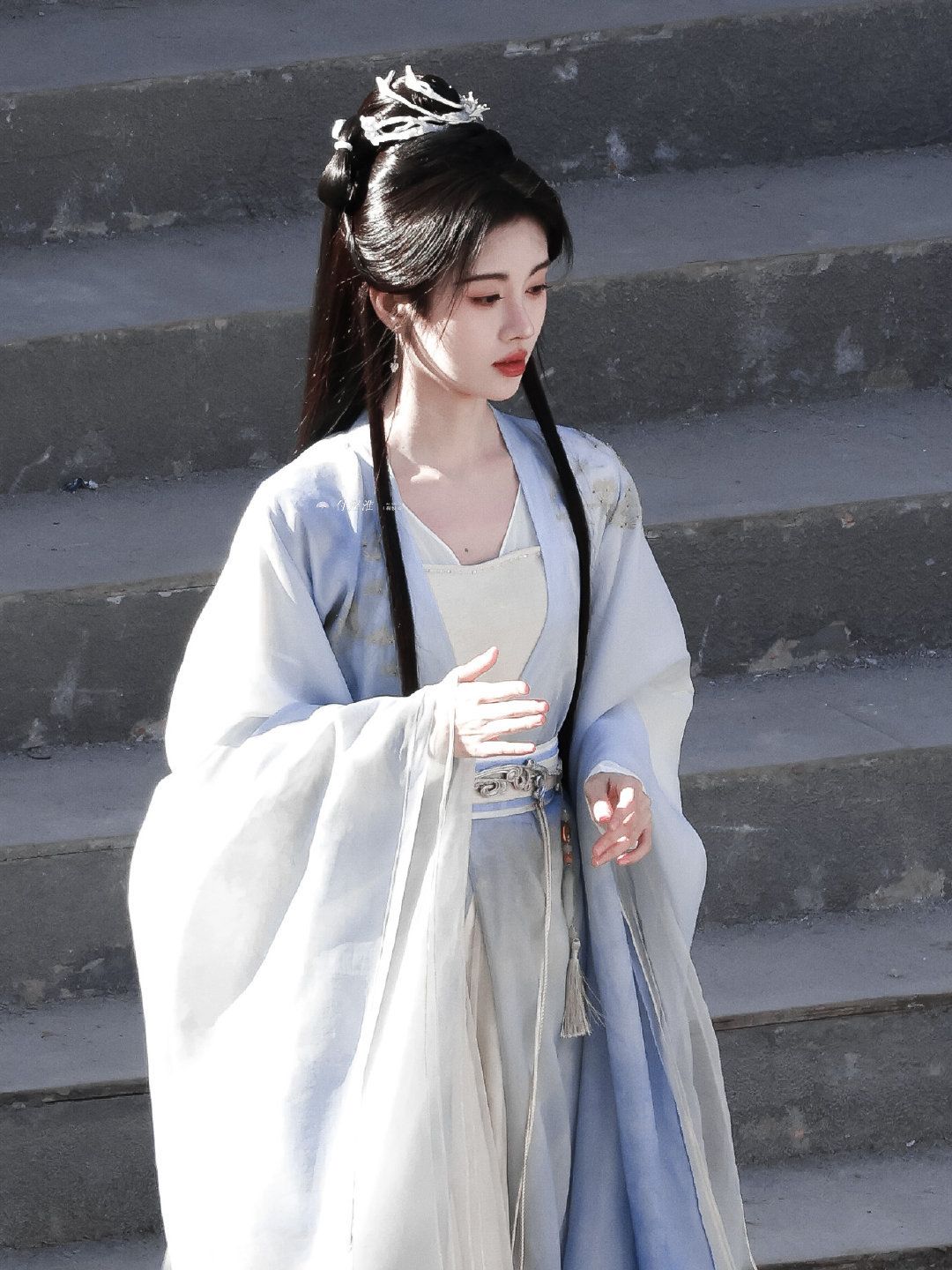
The Song Dynasty was a time of peace and prosperity, which allowed for the advancement of various art forms, including textile design and jewelry making. The accessories worn with Hanfu during this period were not just simple ornaments; they were symbols of status, culture, and personal identity.
One of the most distinctive features of Song Dynasty Hanfu accessories was their intricate craftsmanship. Using techniques like engraving, inlaying, and filigree work, artisans created pieces that were both beautiful and durable. These accessories were often made from precious materials like gold, silver, jade, and pearls, which were highly valued in Chinese culture for their rarity and symbolism.
The most common types of Hanfu accessories during the Song Dynasty included headwear, earrings, necklaces, bracelets, and belts. Headwear, in particular, was highly diverse and often featured ornate combs and hairpins adorned with gemstones and precious metals. Earrings were also popular and were often shaped like flowers or animals, reflecting the naturalistic trend in jewelry design.
Necklaces were often long and elegant, with pendants in the shape of coins or characters from Chinese culture. These pendants often carried symbols of good luck or protection. Bracelets and belts were also intricately designed, with patterns that reflected the wearer's status and tastes.
In addition to these common accessories, there were also specialized pieces that were unique to the Song Dynasty. One such example is the "Song-style hairpin," which was highly popular during this period. These hairpins were often decorated with intricate patterns and designs, and some even featured small gems or pearls. They not only held the hair in place but also served as a decorative accessory that reflected the wearer's status and personality.
Another noteworthy accessory was the "Song-style purse," which was used to store personal items like money or small jewelry pieces. These purses were often made from silk or other fine materials and were highly decorated with patterns and designs that reflected the wearer's tastes and preferences.
The Song Dynasty also saw the emergence of new materials and techniques that influenced the design of Hanfu accessories. The use of glass beads and crystals became popular, adding a sparkle to jewelry pieces that was both beautiful and unique. These new materials were often combined with traditional ones like jade and gold to create pieces that were both traditional and modern.
The influence of Hanfu accessories on society during the Song Dynasty was profound. These accessories not only served as symbols of status but also played a role in social interactions and court etiquette. The type of accessory worn by an individual often reflected their social standing and position within society. This meant that accessories were not just decorative; they were also a form of social communication that allowed individuals to express their identity and status within their community.
In conclusion, the Song Dynasty saw a flourishing development in Hanfu accessories that reflected the era's culture, craftsmanship, and social hierarchy. These accessories were not just simple ornaments; they were symbols of identity, status, and personal taste. The intricate designs and use of precious materials created pieces that were both beautiful and meaningful, reflecting the culture and traditions of the Song Dynasty. Today, these accessories are still highly valued as historical artifacts that provide insights into the culture and history of China's Song Dynasty.

 Previous Post
Previous Post

